12 Key Insights into How Electric Vehicle Market Share Changed Over Time
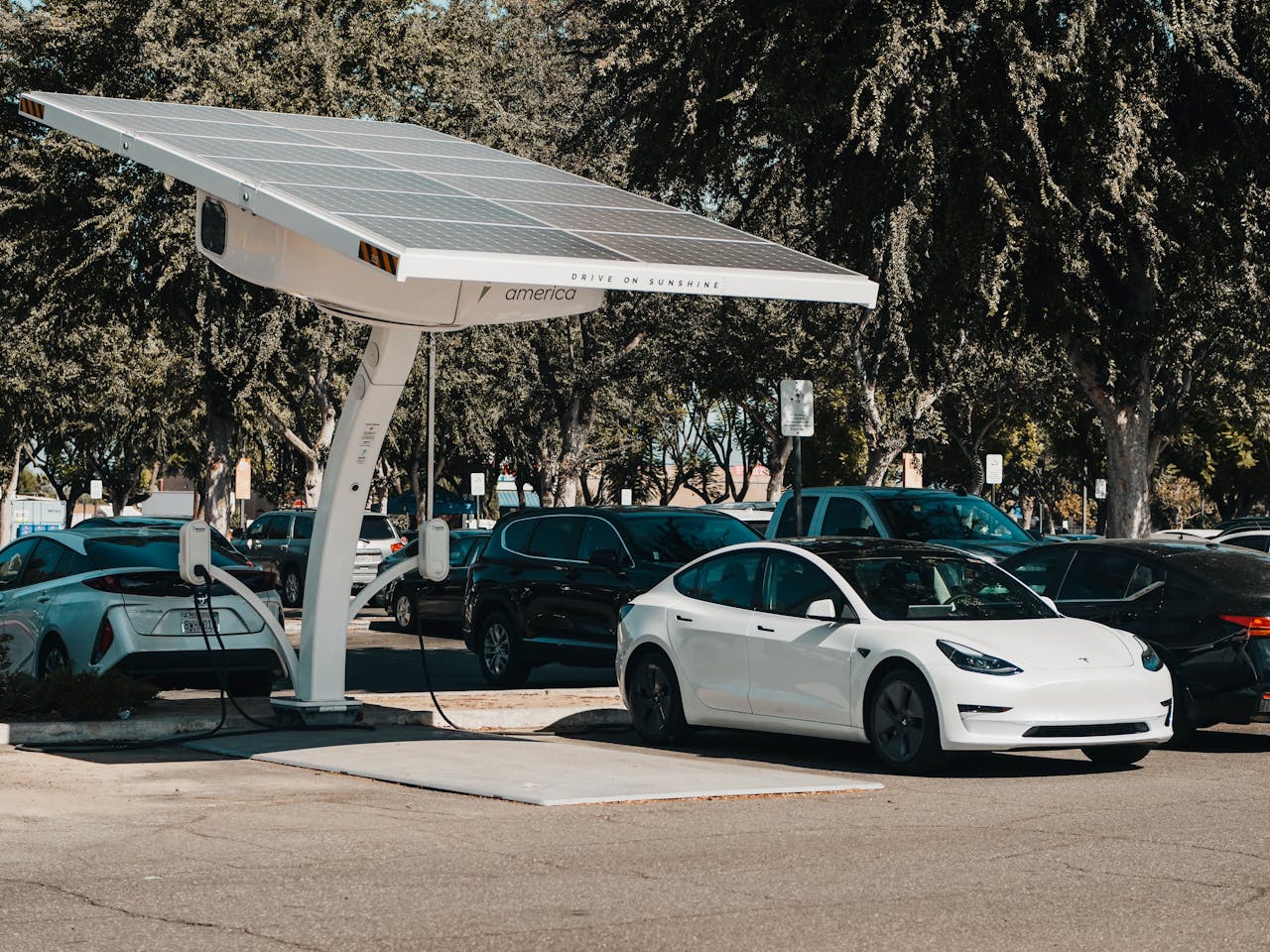
The electric vehicle (EV) market has seen remarkable growth and transformation over the past decade. Here are 12 key insights into how the market share of electric vehicles has evolved.
1. Rapid Growth in Sales
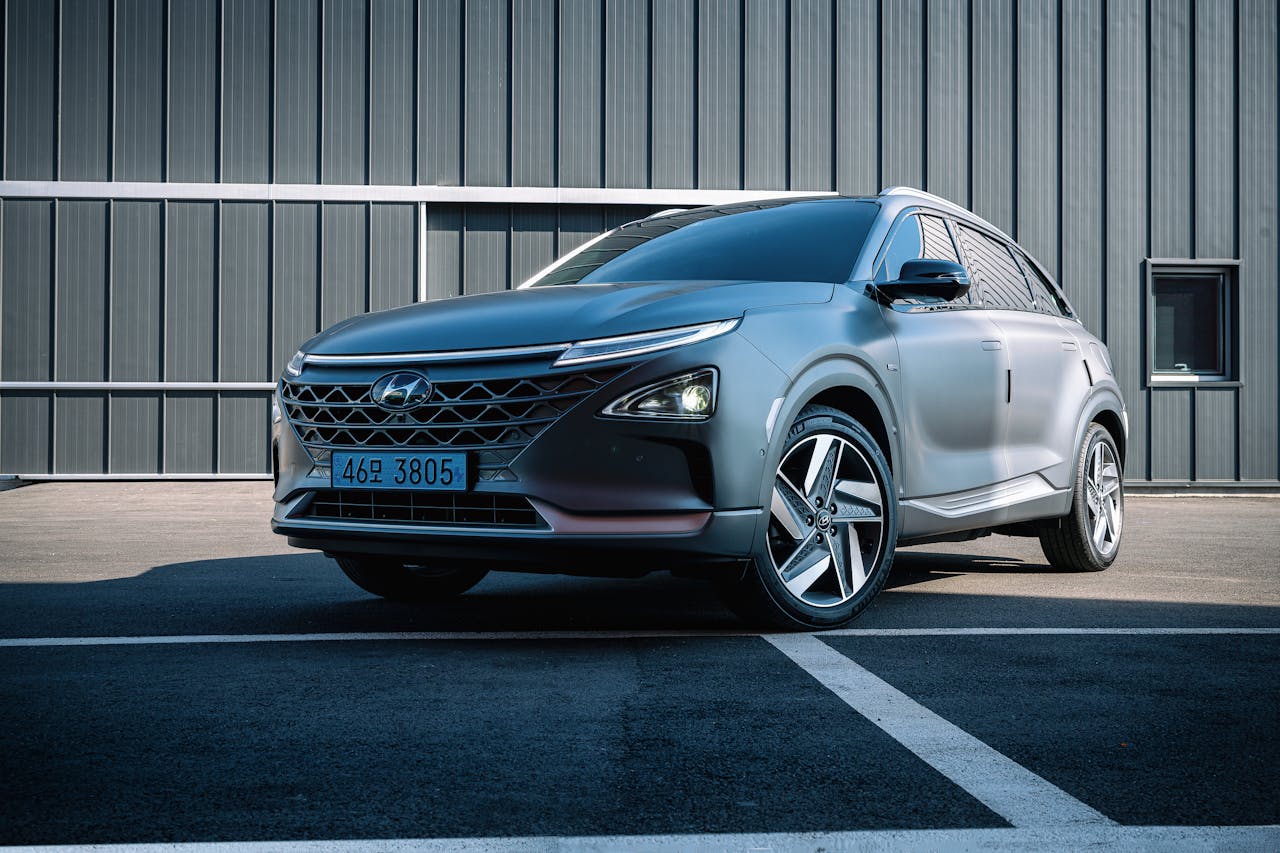
The global sales of electric vehicles have surged dramatically. In 2023, electric cars accounted for around 18% of all cars sold, up from just 2% in 2018. This rapid growth highlights the increasing consumer acceptance and demand for EVs. The trend is expected to continue as more countries set ambitious targets for phasing out internal combustion engine vehicles.
2. Dominance of Battery Electric Vehicles (BEVs)

BEVs have consistently outpaced plug-in hybrid electric vehicles (PHEVs) in terms of market share. As of 2023, BEVs made up 66% of the global EV market, reflecting a strong preference for fully electric models over hybrids. This shift is driven by advancements in battery technology and the growing availability of charging infrastructure.
3. Regional Variations
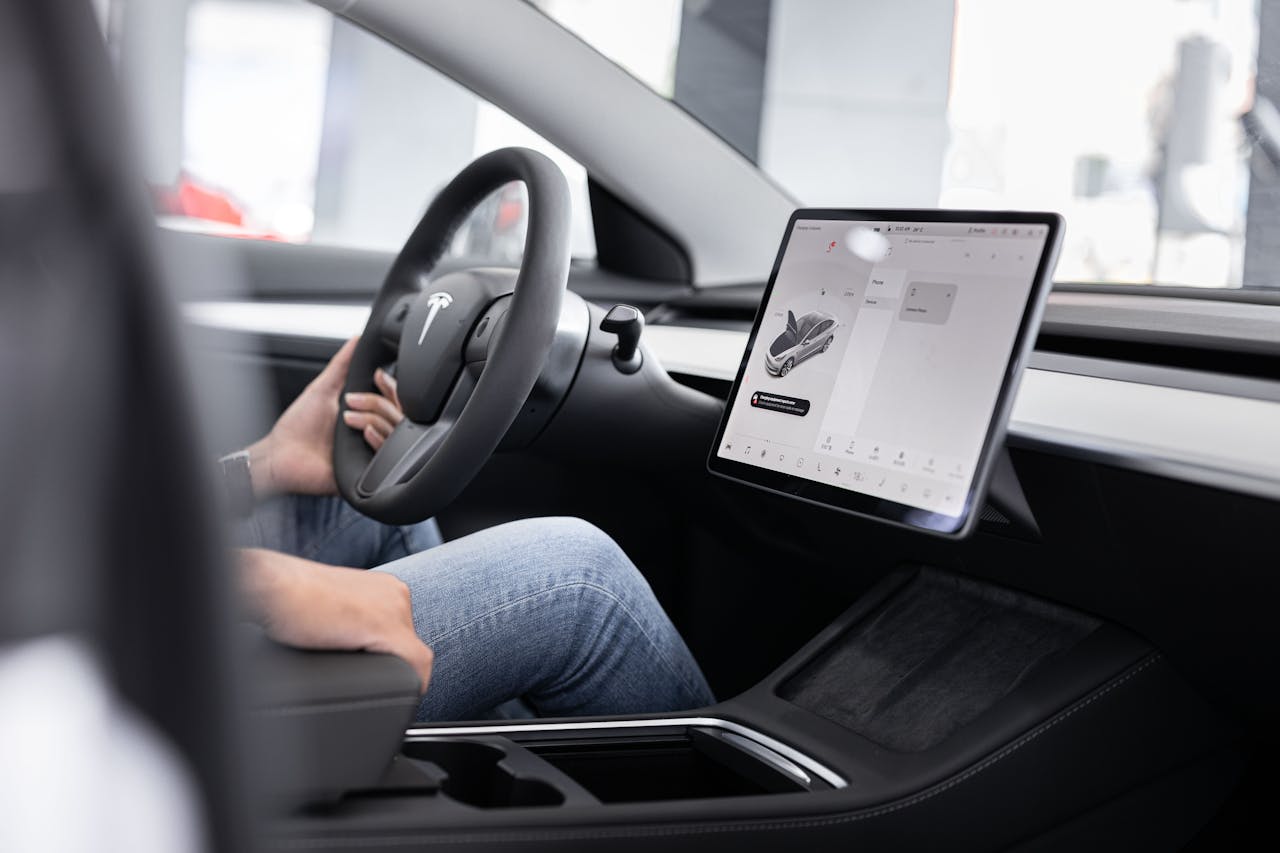
Different regions have shown varying levels of adoption. For instance, Norway leads the world with over 90% of new car sales being electric in 2023. In contrast, China saw nearly 40% of new car sales being electric, showcasing significant regional differences. These variations are influenced by local policies, economic conditions, and consumer preferences.
4. Policy and Regulation Impact
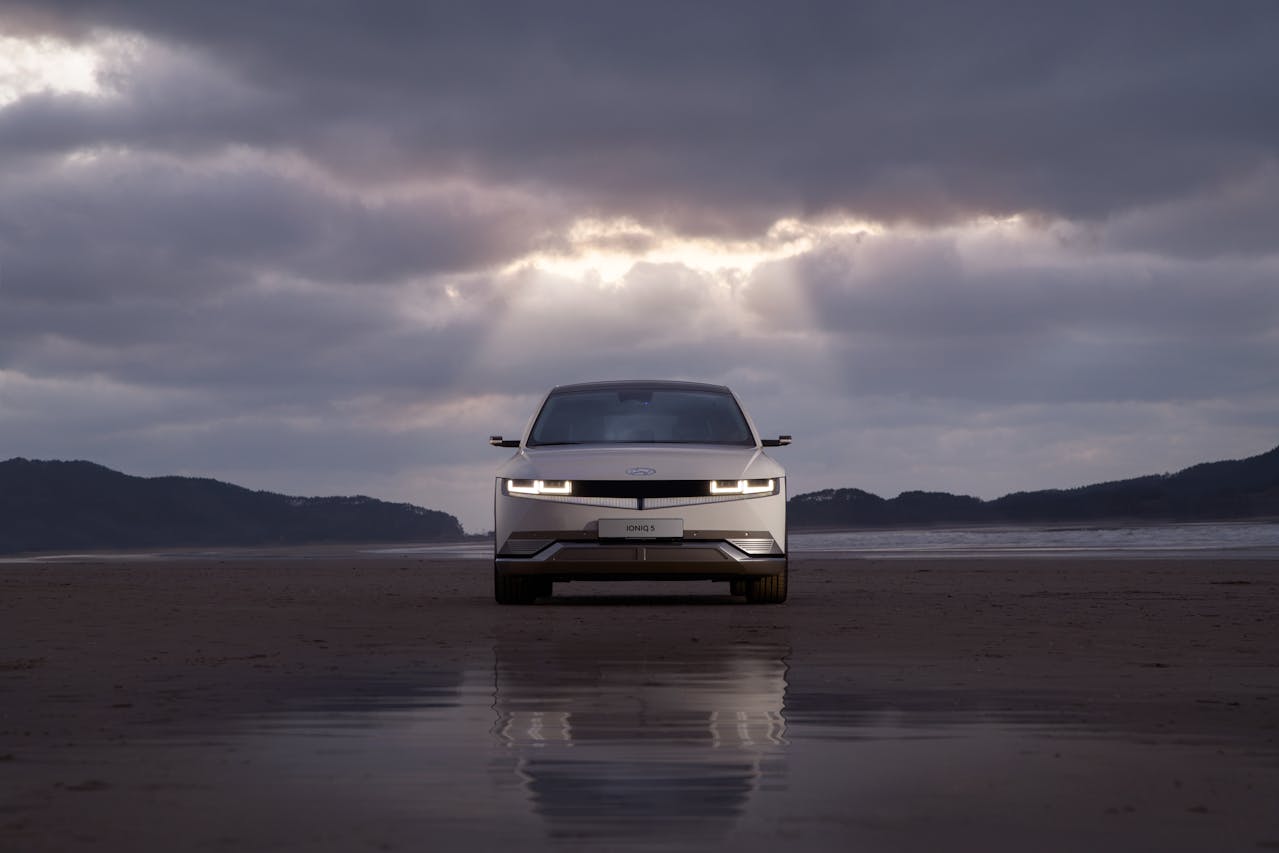
Government policies and regulations have played a crucial role in driving EV adoption. Incentives such as tax breaks, subsidies, and stricter emission standards have encouraged consumers to switch to electric vehicles. Future policy developments will likely continue to shape the pace and direction of EV market growth.
5. Technological Advancements
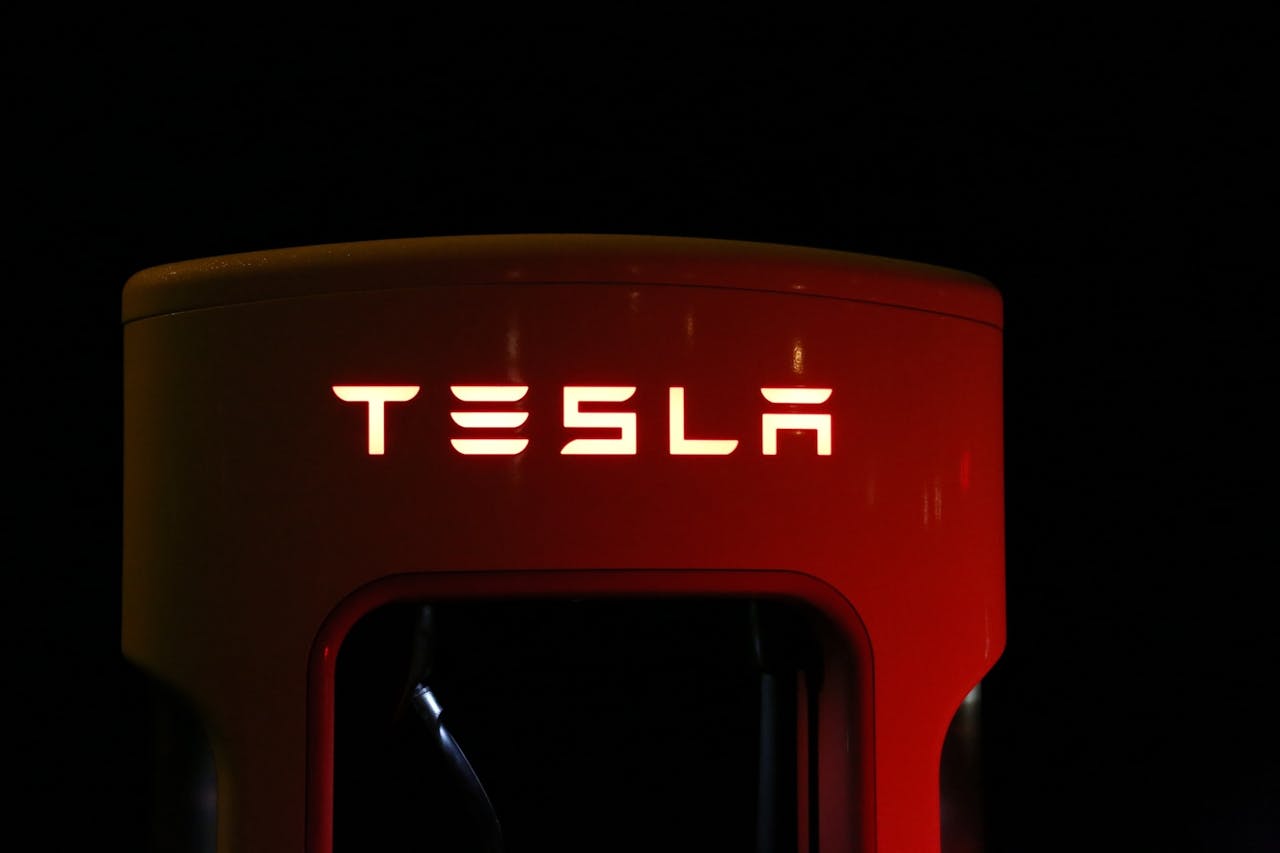
Improvements in battery technology have been pivotal. Enhanced battery life, reduced charging times, and lower costs have made EVs more accessible and practical for everyday use. Ongoing research and development are expected to bring even more efficient and affordable battery solutions.
6. Infrastructure Development
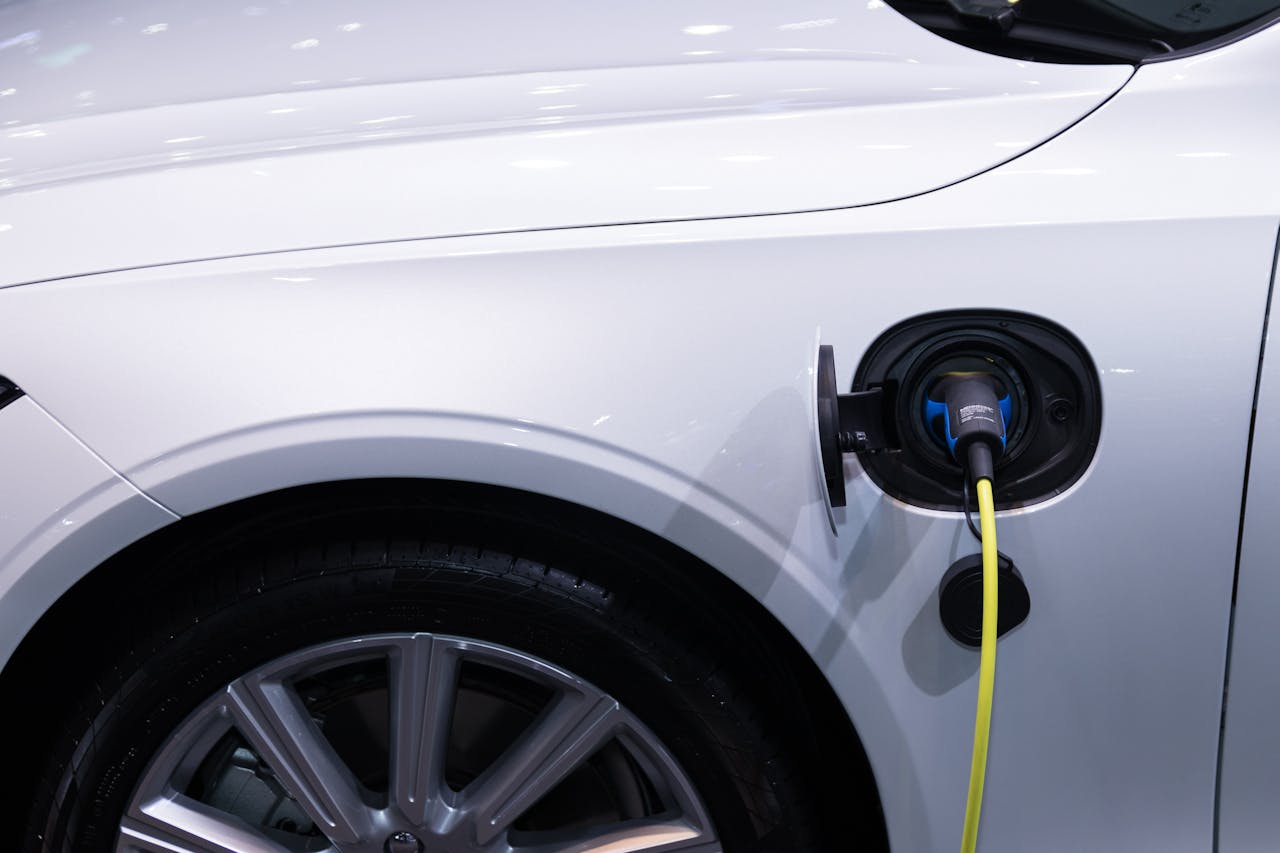
The expansion of charging infrastructure has been essential for the growth of the EV market. Increased availability of public charging stations has alleviated range anxiety and supported longer journeys. Investment in fast-charging networks is particularly crucial for the widespread adoption of EVs.
7. Automaker Commitments

Major automotive manufacturers have committed to electrifying their fleets. Companies like Tesla, Nissan, and Volkswagen have led the charge, with many traditional automakers now following suit. These commitments are often backed by significant investments in EV technology and production capacity.
8. Consumer Awareness and Preferences

Growing environmental awareness and the desire for sustainable transportation options have influenced consumer preferences. More people are choosing EVs for their lower environmental impact and long-term cost savings. Marketing campaigns and educational initiatives have also played a role in shifting consumer attitudes.
9. Economic Factors

The total cost of ownership for EVs has become more competitive with internal combustion engine (ICE) vehicles. Lower maintenance costs and the decreasing price of batteries have made EVs a financially viable option for many consumers. Government incentives and subsidies further enhance the economic appeal of EVs.
10. Future Projections
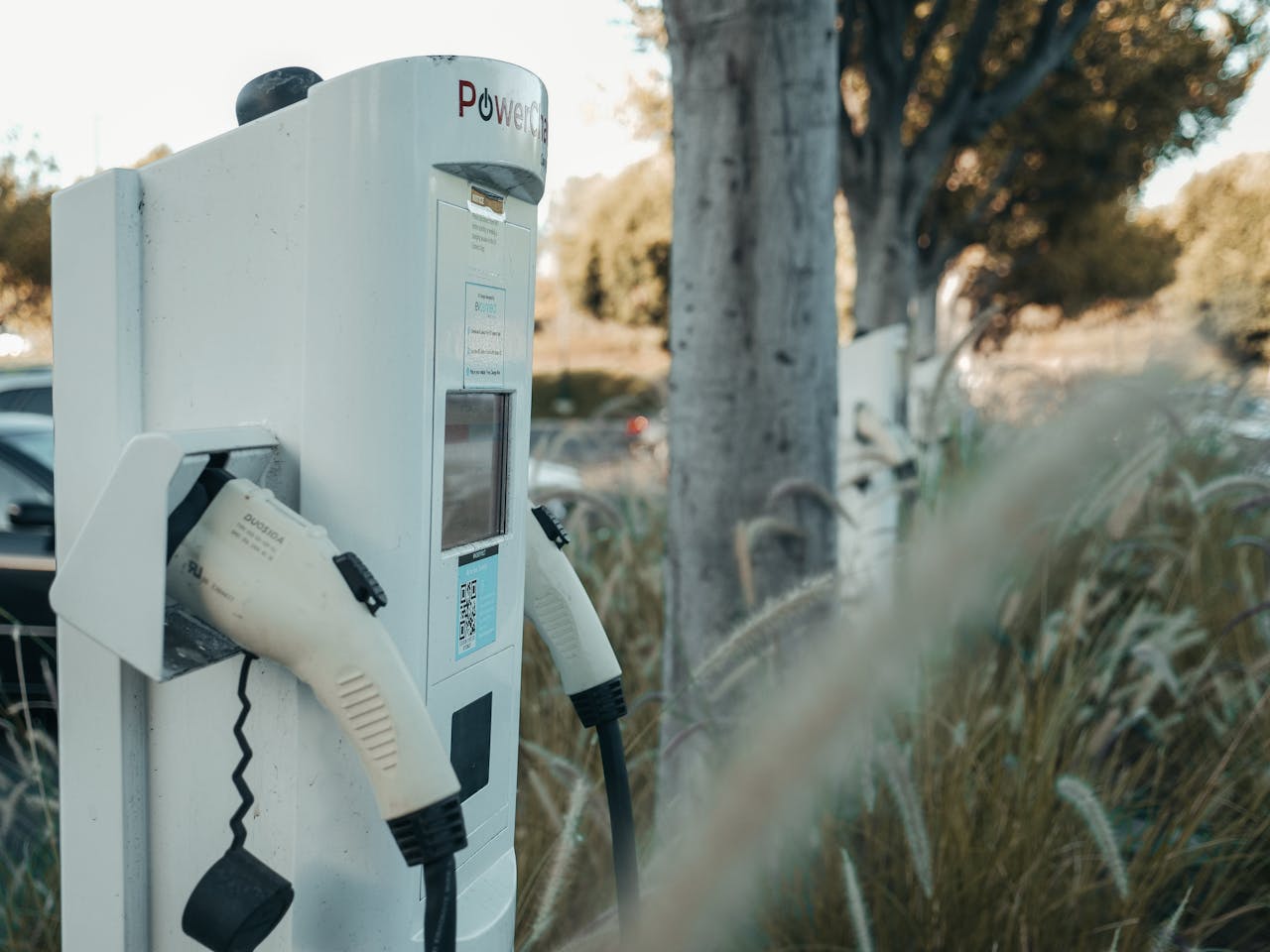
The future looks promising for the EV market. Projections indicate that EV sales will continue to grow, with an estimated 32% market share of new car sales by 2030. This growth is expected to be driven by ongoing technological advancements, policy support, and increasing consumer demand. The transition to electric mobility is seen as a key component of global efforts to combat climate change.
11. Tesla Model Y Sales
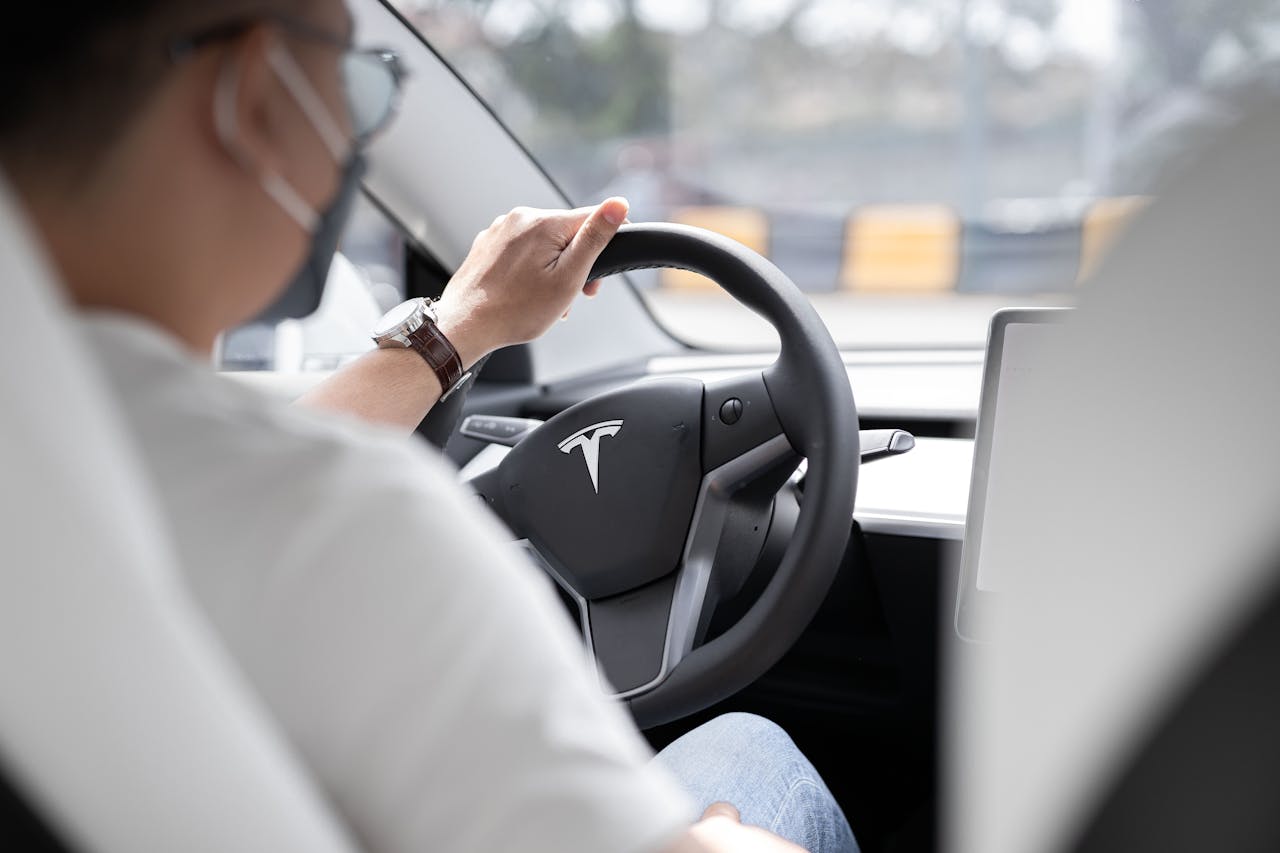
The Tesla Model Y has been a standout performer in the EV market. In 2023, it became the best-selling EV globally, contributing significantly to Tesla’s market dominance. Its popularity is driven by its blend of performance, range, and practicality. The Model Y’s success has set a benchmark for other automakers aiming to capture the EV market.
12. 2024 Statistics
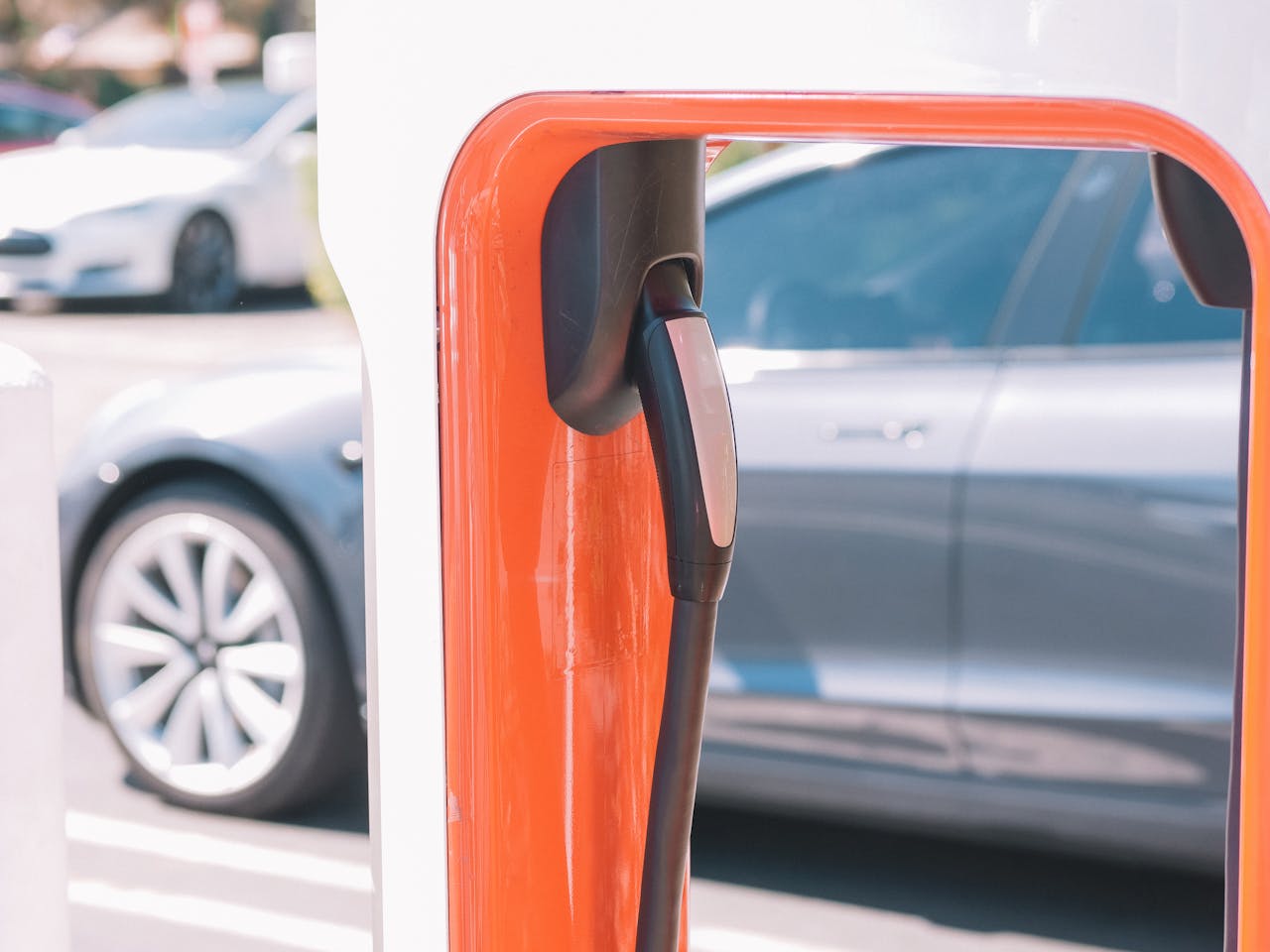
As of mid-2024, EV sales have continued to rise, with electric vehicles making up approximately 22% of new car sales worldwide. This ongoing growth underscores the accelerating shift towards electric mobility. The increasing variety of EV models available in the market is also attracting a broader range of consumers.
Final Thoughts

The evolution of the electric vehicle market is a testament to the dynamic interplay of technology, policy, and consumer behavior. As the market continues to mature, it will be fascinating to see how these factors shape the future of transportation.
Leave a Reply